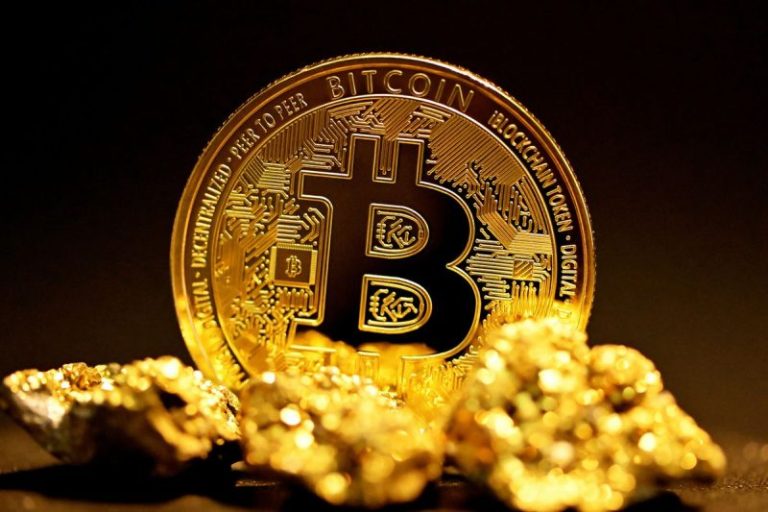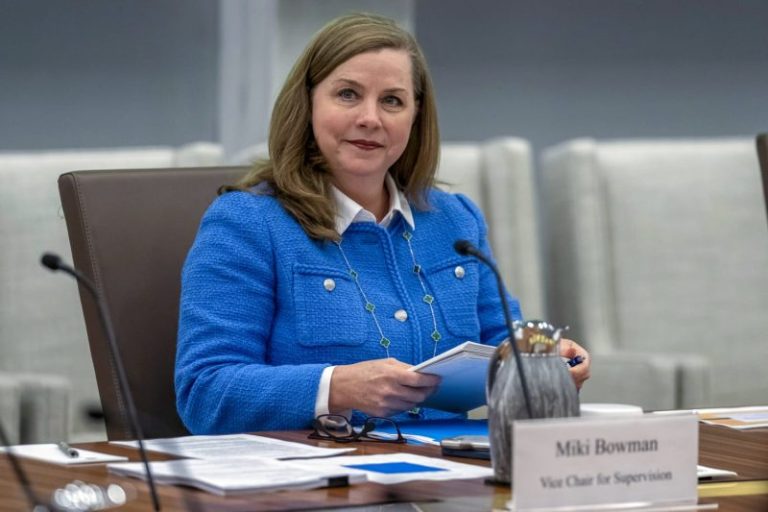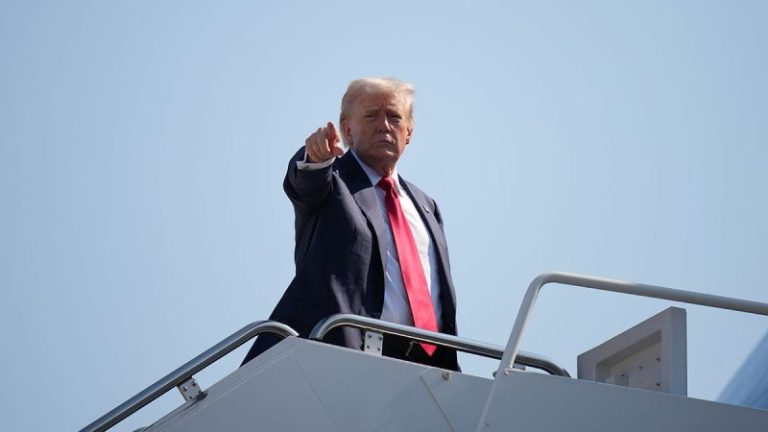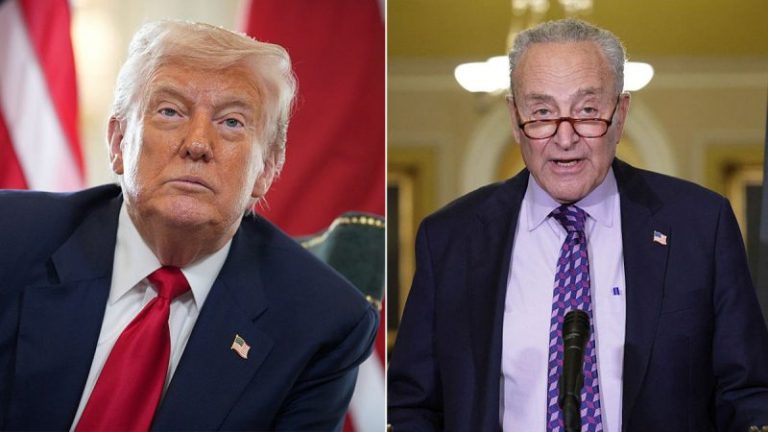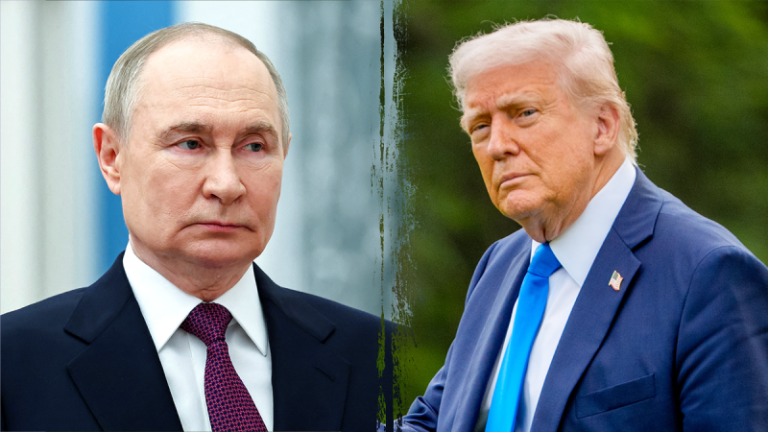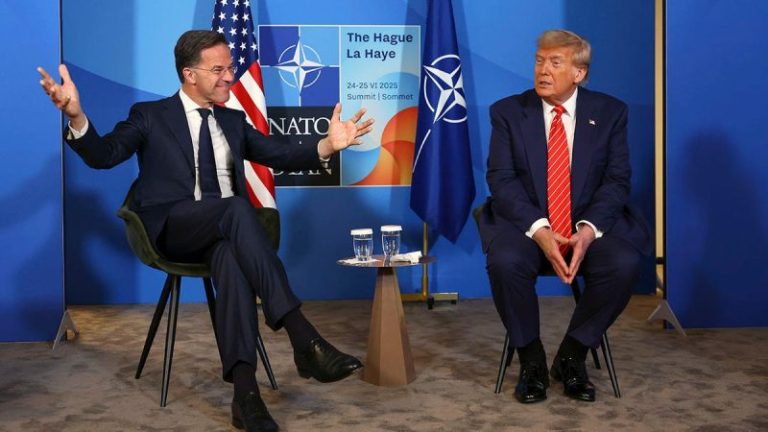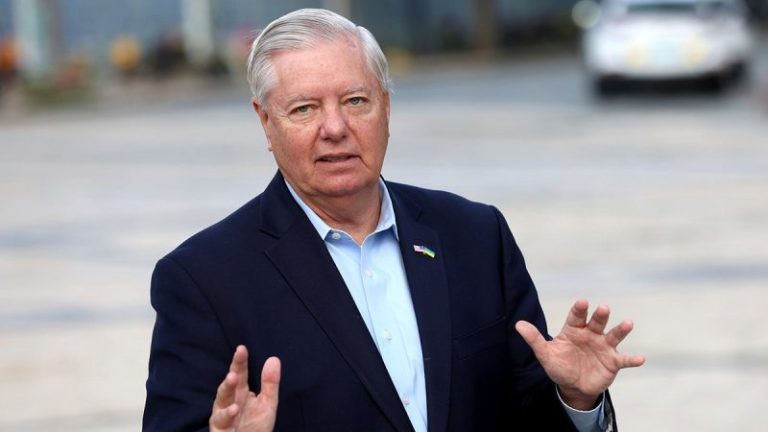Here’s a quick recap of the crypto landscape for Monday (August 11) as of 9:00 p.m. UTC.
Get the latest insights on Bitcoin, Ethereum and altcoins, along with a round-up of key cryptocurrency market news.
Bitcoin and Ethereum price update
Bitcoin (BTC) was priced at US$118,815, down by 0.1 percent over the last 24 hours and its lowest valuation on Monday. Its highest price for the day was US$120,693.
Bitcoin price performance, August 11, 2025.
Chart via TradingView.
Analyst Omkar Godbole offered a cautious outlook, pointing to lower trading volumes for Bitcoin despite similar prices in July and a Coinbase Global (NASDAQ:COIN) discount suggesting weak US institutional demand.
Ethereum (ETH) has outperformed after a weekend rally.
Ethereum broke past US$4,300 on Monday as FG Nexus announced the acquisition of 47,331 ETH, worth about US$200 million. Meanwhile, data from Etherscan shows rising daily transaction counts over the past several weeks.
Creator coins like ZRO and PUMP also saw gains after announcements like Coinbase’s new DEX feature and LayerZero’s acquisition. Bondex CEO Ignacio Palomera called these developments an evolution in how creators can monetize their content. US consumer price index data on Tuesday (August 12) could fuel or dampen the crypto rally.
Altcoin price update
- Solana (SOL) was priced at US$176.39, down by 3.6 percent over 24 hours and its lowest valuation for the day. Its highest price was US$180.86.
- XRP was trading for US$3.16, down 1.7 percent in the past 24 hours and at its lowest valuation of the day. Its highest was US$3.22.
- Sui (SUI) was trading at US$3.69, down by 5 percent over the past 24 hours, and its lowest valuation of the day. Its highest level was US$3.77.
- Cardano (ADA) was trading at US$0.783, down by 3 percent over 24 hours and its lowest valuation on Monday. Its highest was US$0.8008.
Today’s crypto news to know
Bullish aims for US$4.82 billion valuation in upsized IPO
Bullish has increased the size of its planned initial public offering (IPO), targeting a valuation of up to US$4.82 billion. It plans to raise as much as US$990 million by selling 30 million shares priced between US$32 and US$33 each, a higher range than its previous filing, but still below its US$9 billion target in a failed 2021 SPAC merger.
The cryptocurrency exchange said it will convert a significant portion of its IPO proceeds into US-dollar-backed stablecoins through partnerships with token issuers. BlackRock-managed funds and Cathie Wood’s ARK Investment have shown interest in purchasing up to US$200 million worth of shares.
Bullish is expected to price the offering on Tuesday and debut on the NYSE under the ticker “FLY” the next day.
Tether and Rumble propose joint acquisition of Northern Data
Tether and Rumble (NASDAQ:RUM) have proposed to jointly acquire all shares of artificial intelligence infrastructure company Northern Data, according to a press release issued on Monday.
According to the proposed terms, USDt issuer Tether, already Northern Data’s largest shareholder, would support the transaction, which would see each Northern Data shareholder receive 2.319 newly issued Class A Rumble shares for each Northern Data share offered, leading to roughly 33.3 percent of Rumble ownership being transferred to Northern Data shareholders. The final exchange ratio may be adjusted for the potential sale of Peak Mining and a related debt reduction, which would increase the exchange ratio.
Subject to definitive documentation, Tether would also significantly increase its investment in Rumble, becoming a key customer with a multi-year GPU purchase commitment.
Chainlink to partner with ICE
Blockchain oracle platform Chainlink announced a partnership with US-based Fortune 500 company Intercontinental Exchange (NYSE:ICE) on Monday to bring foreign exchange and precious metals data onchain.
The collaboration will unite Intercontinental’s consolidated feed, an aggregator of market data from over 300 global exchanges and marketplaces, with Chainlink Data Streams’ derived data sets, which provide market information to power tokenization for over 2,000 decentralized applications and major financial institutions.
This partnership is the latest move to further integrate traditional market infrastructure with blockchain systems.
El Salvador targets wealthy investors with new Bitcoin banking law
El Salvador has approved a new investment banking law designed to attract institutional and high-net-worth crypto investors. Licensed investment banks with at least US$50 million in capital will be able to provide Bitcoin and other digital asset services, but only to clients meeting “sophisticated investor” criteria.
Requirements include at least US$250,000 in liquid assets and advanced financial knowledge.
The banks will be allowed to issue bonds, structure public-private projects and offer digital asset products. Lawmakers say the changes aim to position the country as a regional financial hub and draw in foreign private capital.
The move comes as President Nayib Bukele consolidates political power through constitutional reforms extending presidential terms and removing term limits.
Blue Origin to accept crypto payments for space flights
According to a Monday press release, Jeff Bezos’ Blue Origin has partnered with payment processing company Shift4 Payments (NYSE:FOUR) to allow customers to buy tickets to outer space using crypto and stablecoins.
Trips will take place on Blue Origin’s New Shepard reusable rockets, and direct payments will now be accepted from popular wallets from the likes of MetaMask and Coinbase.
“Our mission has always been to revolutionize commerce by simplifying the transaction process, and we’re thrilled to now extend that vision beyond Earth,” said Taylor Lauber, CEO of Shift4.
“This partnership will enable adventurous travelers to book the adventure of a lifetime, no matter their preferred payment method — all with a simple, frictionless experience,’ he added. Blue Origin has flown more than 75 passengers past the Kármán Line, the boundary separating Earth’s atmosphere and space.
“We believe crypto and stablecoins are going to become an increasingly popular way for consumers to pay, particularly for high-end purchases, as both the consumer and merchant benefit financially from these transactions,” commented Alex Wilson, head of crypto at Shift4.
Securities Disclosure: I, Giann Liguid, hold no direct investment interest in any company mentioned in this article.
Securities Disclosure: I, Meagen Seatter, hold no direct investment interest in any company mentioned in this article.

